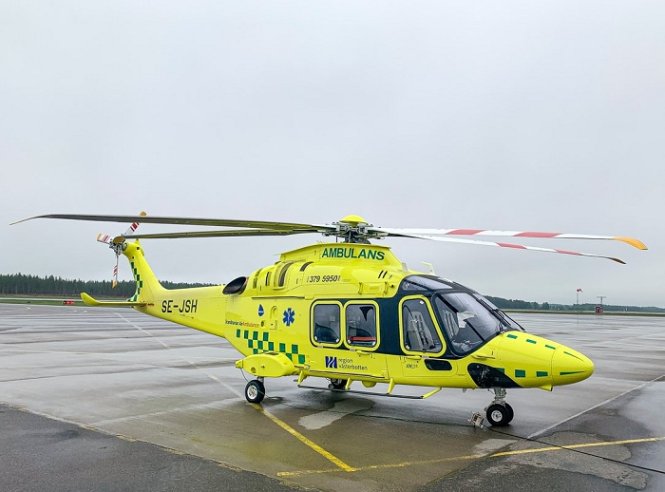Air ambulances are not only the fastest and easiest way to get to a hospital, but they also provide the best patient care. If you need an emergency medical transfer, the last thing you want is to wait around while your loved one sits in an ambulance or at the airport. Air ambulances are equipped with advanced life support equipment that can be used en route, and they reduce travel time from ground transportation by as much as 80 percent, saving valuable lives in the process.
This post will explain reasons like these why air ambulances should be your first choice for long-distance medical transportation.

Quick Response Time
As the name implies, air medical transport services are available for immediate response. That means if you are injured in an accident or have been stricken by a medical emergency, you can expect an air ambulance on the scene within minutes. The quicker the response time, the better for both patients and their families.
Air ambulances can respond faster than road ambulances because they move at high speeds through remote areas without traffic lights or stop signs slowing them down. That makes it possible for both helicopters and fixed-wing airplanes to reach remote locations quickly while keeping costs low at all times.
Saves Lives
Air ambulance services save lives by getting patients to the hospital quickly, safely, and with care. When you need emergency medical transportation in a hurry and cannot wait for an ambulance to arrive on the scene, your life may be at risk. If you are injured or ill, or even if it is just a broken leg, the last thing you want is to wait around while someone else tries to help you get better.
Air ambulances provide rapid response times that allow them to get people where they need to go quickly and easily without worrying about traffic jams or other issues that could delay their arrival at their destination. As a result, these services can save more lives than road ambulances.
Lifesaving Equipment Is Readily Available
The importance of having the right equipment was recognized in the 1950s when air ambulances were first used to transport patients across long distances. It is also important to note that these vehicles were only used for short-haul transfers because they did not have enough room for stretchers or other medical supplies.
The current model of an air ambulance is much more sophisticated than its predecessor, with a variety of lifesaving equipment available. These include defibrillators and advanced cardiac life support (ACLS) devices such as automated external defibrillators (AED). New technologies like these make it easier for paramedics to provide emergency care at a distance from their base hospital or clinic.
Privacy for Patients and Family Members
When you need medical care, many things can go wrong. In the case of an emergency, it is important to have a team of professionals working together with your family members and the patient, so they can be kept informed about what is happening on their behalf.
This is why air ambulances are ideal for long-distance emergency medical transfers. They provide privacy for all parties involved while also ensuring quick transport time and safety. The patient will not see anyone except those accompanying them during their journey. That includes nurses who accompany them throughout the flight, as well as doctors who will meet them at their destination hospital after landing safely.
Faster Flight Times Mean Less Stress on the Patient
The faster the flight time, the less stress on those involved. Time is of the essence in emergency situations, and it is vital to get patients to their destinations as quickly as possible. Having an air ambulance on standby can mean that patients are flown out within just hours rather than days or weeks, enabling them to return home sooner and recover more easily.
This also benefits hospitals because they no longer have to wait around while their patients are being transported. They can continue with other procedures without having had any interruptions from transport delays. In addition, shorter trips mean there is less chance for breakdowns mid-flight, which means fewer delays for all involved parties like patients and medical staff alike.
Incredible Staff Make a Difficult Situation Easier
The staff aboard air ambulances are trained to be sensitive to the needs of their patient and family. They know how important it is for patients to feel comfortable during a medical emergency. So, they make sure every step of the way that you are given everything you need.
The same goes for your environment. The safety of everyone involved will be ensured by having experienced personnel on hand who can help minimize distractions while providing support where needed.
Air ambulances are a lifesaving service for patients in need of emergency medical transportation. They can be used for both patient transfer and repatriation, and they have several benefits over ground-based transport services.

